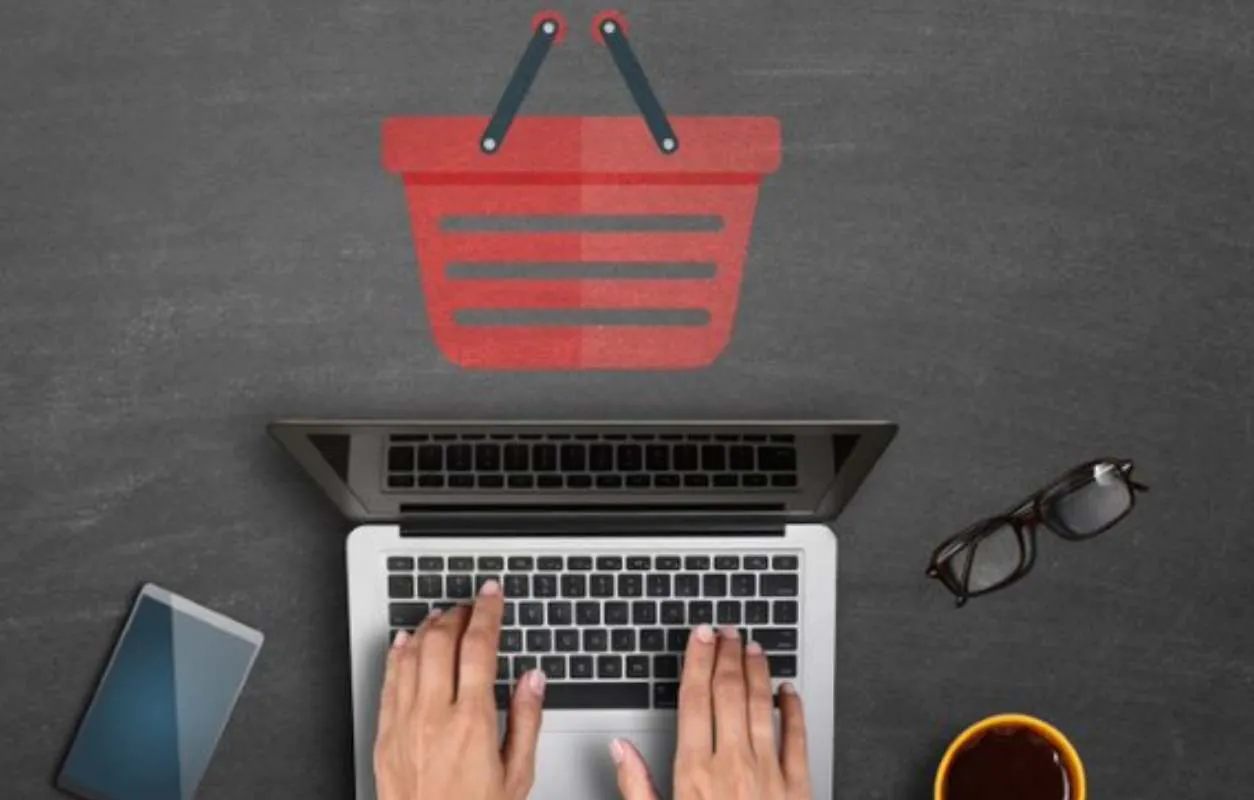Looking back, there has been tremendous and thrilling growth in the global consumer packaged goods (CPG) industry. Top companies in the CPG industry have been successful in launching innovative products to meet an ever-growing array of customer needs and desires. Furthermore, we have also witnessed these companies rapidly expanding into the burgeoning consumer markets of the developing world. Making this breakneck growth was only possible and profitable through aggressively building global scale along every part of the value chain. Strategies including increased margins and weighting of portfolios toward fast-growing categories in the CPG industry have delivered stellar shareholder returns. However, over the next decade, the CPG industry can expect tremendous changes due to the upheavals in global consumer and supply markets. For instance, Asia is expected to take over the West as the main consumer market, which means that companies in the CPG industry will be expected to display new levels of value and innovation. In this article, we profile some of the potential future CPG industry trends that will have a significant impact on the competitive advantage of companies operating in this sector.
Global CPG industry Trends
- New consumers in emerging markets
- Rise of the digital consumer
- Omnichannel Experiences and Multi-channel Marketing
- Shift to value
New consumers in emerging markets
In the years to come, the growth of emerging markets will continue to outstrip the growth of the developed world, and that too by a wider margin. Emerging countries in Asia including China, India, and Indonesia currently have a significant share of growth in the global CPG market. This share is expected to show a rise over the next decade. As a result, the global middle class will expand dramatically. However, it would prove highly challenging for players in the CPG industry to meet the demands of these customer groups. Success in winning over these customers will require adequate market segmentation and innovation to meet their needs.
Navigate the evolving landscape of the consumer packaged goods industry with Infiniti Research! Our expert insights can help your brand adapt to changing consumer behaviors and safeguard your pricing power. Discover actionable strategies to stay competitive and drive growth in these challenging times.
Rise of the digital consumer
Technology has undoubtedly played a major role in the growth of the CPG industry. It will be truly disruptive in the coming decade. Companies in the CPG industry will face some major strategic questions in identifying how to win in this new digital world —including how to build a successful business through online retail channels, how to build brands and categories in a socially networked world. They would also need to gain a better understanding of how to exploit technology-driven opportunities to understand consumers more deeply and connect with them more often.
Omnichannel Experiences and Multi-channel Marketing
There is a push from brands and retailers to create omnichannel shopping experiences to their consumers. They are trying to make purchasing smooth and seamless across different devices, as well as in-store and online. For example, Sephora uses online resources to enhance, rather than replace the consumers’ in-store experience by offering in-store tablets so that people can access their online shopping lists.
CPG companies are taking a more omnichannel approach to their marketing. Along with traditional digital marketing channels such as SEO and pay-per-click advertising, they are also including TV ads, product placements, and PR to their marketing strategies.
Shift to value
A recent study by the experts at Infiniti Research suggests that over 50 percent of consumers in the US have been driven by the financial crisis to seek more value offerings. This shift can have a major implication on the consumer packaged goods industry’s profit formula. Much worse, it could even erode the pricing power of brands. Companies are employing a variety of strategies to address such CPG industry trends. Some brands are rationalizing their price lists to help retailers control SKU proliferation. Others are even riding the shift to value by running joint promotions with private-label brands in adjacent categories.
Related Articles
- How We Drove 29% Profit Growth and Record Sales for a Pharmaceutical Company Through Pharma Market Intelligence
- How We Helped a Leading Online Game Developer Navigate and Capitalize on the Growing Virtual Goods Market
- Market Segmentation Helps a Leading Transportation and Logistics Industry Client Refine Their Marketing Strategies



